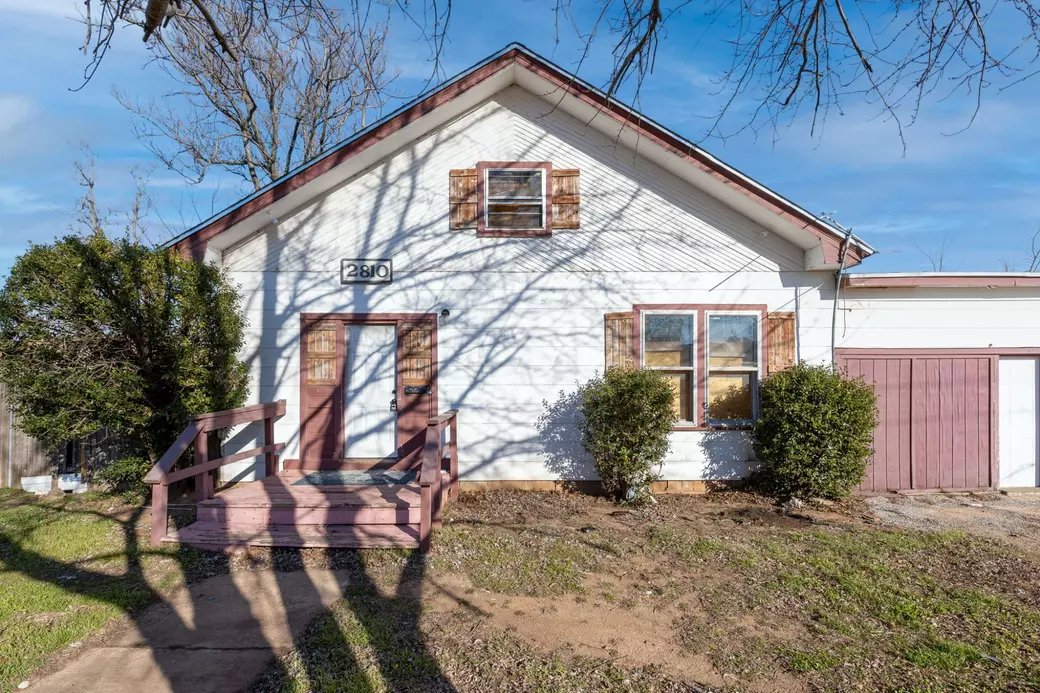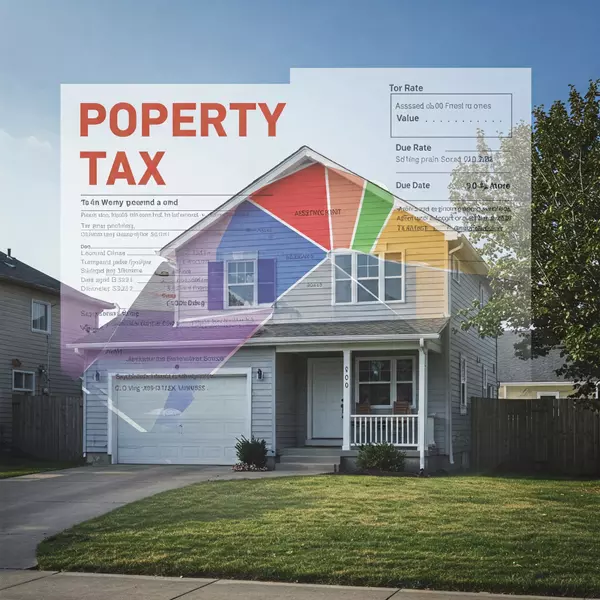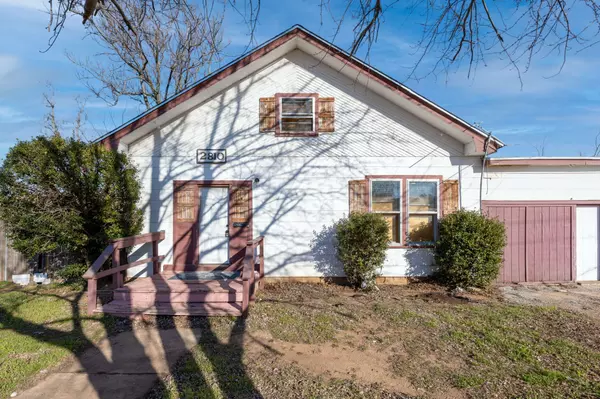Single-Family vs. Multifamily Investment Properties

When it comes to real estate investment, one of the biggest decisions investors face is whether to invest in single-family investment properties or multifamily investment properties. Both types of properties offer unique advantages and potential challenges, depending on your financial goals, risk tolerance, and long-term strategy. In this article, we’ll compare single-family and multifamily properties to help you determine which investment is right for you.
Single-Family Investment Properties
Single-family homes are standalone properties typically designed for one family to live in. Investing in these types of properties is one of the most common entry points for new real estate investors.
Advantages of Single-Family Homes:
-
Lower Initial Investment
- Single-family homes usually require a lower initial investment compared to multifamily properties. The down payment for these properties is often more affordable, making it easier for first-time investors to get started in real estate.
-
Simplicity and Less Management
- Managing a single-family investment property is often simpler, as there is only one tenant or family to deal with. This makes it easier to manage repairs, maintenance, and day-to-day operations, especially for part-time or novice investors.
-
Strong Market Demand
- Single-family homes are always in demand, especially in growing suburban areas. Families and first-time homebuyers prefer these properties, which can make it easier to sell or rent out.
-
Appreciation Potential
- Single-family homes often appreciate over time, especially in areas where demand is rising. If you're in it for the long haul, you can benefit from property value appreciation while also collecting rental income.
Disadvantages of Single-Family Homes:
-
Lower Rental Income
- Single-family properties typically generate lower rental income than multifamily properties. This can limit your cash flow potential, especially if you're looking to scale your real estate investment portfolio.
-
Vacancy Risk
- If your single-family rental property becomes vacant, you lose 100% of your rental income. The risk of vacancy can be higher compared to multifamily properties, where other units can help offset the loss of income.
Multifamily Investment Properties
Multifamily properties include buildings with multiple units, such as duplexes, triplexes, and apartment complexes. Investing in multifamily real estate offers investors the opportunity to generate multiple streams of income from a single property.
Advantages of Multifamily Properties:
-
Higher Cash Flow
- Multifamily properties generally offer higher rental income due to multiple tenants paying rent. This increases your cash flow potential, making it an attractive option for investors seeking to maximize their returns.
-
Diversified Income Stream
- With multiple units in a multifamily property, the risk of losing all your rental income is reduced. If one unit is vacant, you still have other tenants paying rent, helping to cover your expenses.
-
Scalability
- Investing in multifamily real estate allows you to scale more quickly compared to single-family properties. By acquiring larger multifamily buildings, you can increase your rental income and overall portfolio value more efficiently.
-
Tax Benefits
- Multifamily properties may offer more opportunities for tax deductions and depreciation, allowing you to write off property-related expenses and reduce taxable income.
Disadvantages of Multifamily Properties:
-
Higher Initial Investment
- Multifamily properties usually require a larger upfront investment, which can be a barrier for new investors. The higher purchase price means a larger down payment and more significant financing needs.
-
More Complex Management
- Managing a multifamily property can be more complex due to the number of tenants and units. This may require professional property management services, especially if you own larger buildings, which can increase operating costs.
-
Financing Challenges
- Financing multifamily properties can be more complicated than single-family homes, especially if you're purchasing a larger building. Lenders may have stricter requirements, and securing financing may take longer.
Which Is Right for You?
Both single-family and multifamily investment properties have their advantages, and the right choice depends on your investment goals, financial situation, and risk tolerance.
- If you're a new investor or prefer a more hands-on approach with a simpler investment, a single-family investment property may be a great starting point.
- If you’re looking to scale your portfolio quickly, generate higher cash flow, and mitigate vacancy risks, multifamily properties could be the better option.
Categories
Recent Posts










GET MORE INFORMATION

Real Estate Professional | License ID: 208357
